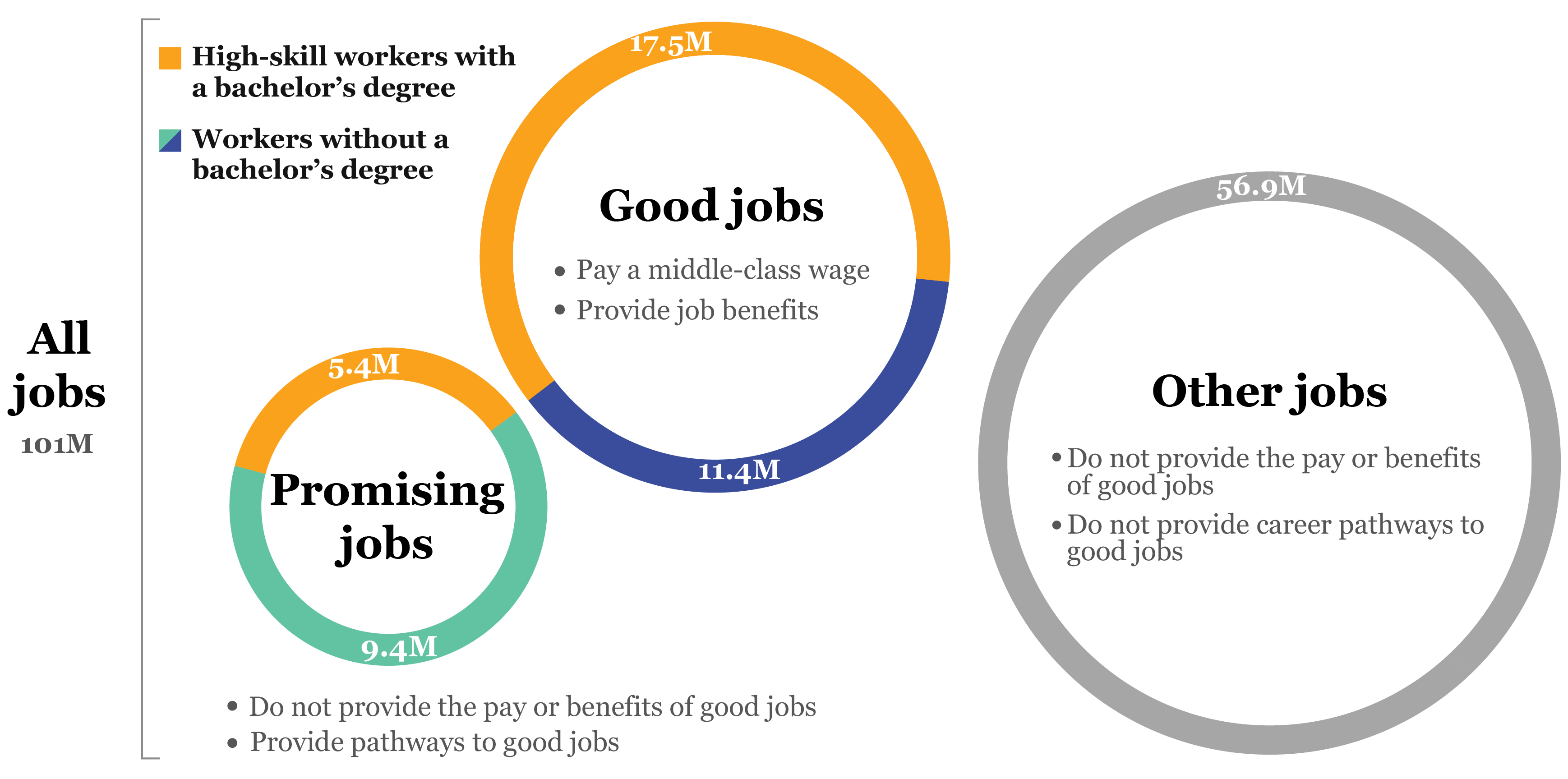Probably getting way-over my meager pay-scale, but your MesaZona blogger does admire fellow journalism colleague Jon Talton whose day-job is writing a column for The Seattle Times. He also has two alter egos in Arizona as The Rogue Columnist and a writer of fiction. Any reasonable person might ask other than Jon Talton what-the-hell do Seattle and Phoenix Metro [Mesa] have in common? One is progressive and the other is not.
One thing we do have in common is Boeing - and that might give you a cue . . .
Two days ago Talton penned a piece on rotten jobs, based on a study by The Brookings Institution that examined Opportunity Industries.
There are some differences evident right away between Seattle Metro and Phoenix/Mesa Metro:
Mesa has a higher unemployment rate than the rest of the state of Arizona
Mesa is a "Right-to-Work" state
Behind the low unemployment rate, too many Americans are stuck in rotten jobs
Relatively few jobs provide the pay and benefits that once were taken for granted. The biggest losers are people without college degrees.
"Washington’s unemployment rate was 4.3 percent in November, a historic low. Seattle stood at 3.3 percent. Given the unsettling turbulence in the stock and bond markets and potential for a slowdown, this may be the closest to full employment we see in our lifetimes.
From the Brookings Institution Research
LINK > https://www.brookings.edu/research/opportunity-industries/
Report
Right away there's this difference between Seattle and Mesa:

One thing we do have in common is Boeing - and that might give you a cue . . .
Two days ago Talton penned a piece on rotten jobs, based on a study by The Brookings Institution that examined Opportunity Industries.
There are some differences evident right away between Seattle Metro and Phoenix/Mesa Metro:
Mesa has a higher unemployment rate than the rest of the state of Arizona
Mesa is a "Right-to-Work" state
Behind the low unemployment rate, too many Americans are stuck in rotten jobs
Relatively few jobs provide the pay and benefits that once were taken for granted. The biggest losers are people without college degrees.
Yet not all the jobs are good ones, with at least middle-wage pay and benefits. This is especially true for those with less education and lacking high skills.
Let's get back to why this Take-Off on Jon Talton's Special to The Seattle Times:
An analysis of employment in the nation’s 100 largest metropolitan areas by the Brookings Institution found that only one third of workers without bachelor’s degrees held good or promising jobs in 2017.
From the Brookings Institution Research
LINK > https://www.brookings.edu/research/opportunity-industries/
Report
Opportunity Industries
Exploring the industries that concentrate good and promising jobs in metropolitan America
- Mesa's unemployment is higher than the state average
- Arizona is a Right-To-Work state
Defining good and promising jobs
Our analysis defines three types of wage and salary jobs in each of the nation’s 100 largest metro areas:- Good jobs provide stable employment, middle-class wages and benefits
- Promising jobs are entry-level positions from which most workers can reach a good job within 10 years
- Other jobs do not provide decent pay, benefits, or pathways to good jobs
Share of good jobs, promising jobs, and other jobs based on the 101 million total jobs in the nation’s 100 largest metropolitan areas

_________________________________________________________________________________
What are the opportunity industries in each metro area?
NOTICE: The Preponderance of Gray areas
Select a metropolitan area
BLOGGER NOTE: You can use the interactive to scroll to:
Phoenix-Mesa-Scottsdale, AZ
Percentage of jobs in each industry that are good, promising, high-skill, or other jobs
> Promising jobs Green
Held by workers without a bachelor's degree
Held by workers without a bachelor's degree
> Good jobs Blue
Held by workers without a bachelor's degree
Held by workers without a bachelor's degree
> High-skill jobs Orange
Good and promising jobs held by workers with a bachelor's degree
Good and promising jobs held by workers with a bachelor's degree
> Other jobs Gray
All other jobs
All other jobs
Note: Not all bars sum to 100%. These are indicated by undefined segments above
________________________________________________________________________________
Pathways to good jobs typically involve major career moves to different occupations
_________________________________________________________________________________
Occupation pathways
Select a metropolitan area
Select worker education level
Select starting occupation
__________________________________________________________________________________
Share of jobs that are good, promising, high skill, or other
Select a metropolitan area
...
Strategies to improve opportunity in metropolitan America
Nearly all metropolitan areas do not provide enough good and promising jobs for all the workers who need those opportunities. Yet metro labor markets are dynamic, with many workers switching occupations and industries in order to get ahead. This report identifies three strategies for leaders in cities and regions to enable workers’ mobility to better jobs and the middle class:
- Refocus economic development on opportunity industries. Too often, scarce public resources are spent on incentivizing job growth or retention in industries that provide too little opportunity. Economic development should instead increase the share of good jobs in the local economy. Such jobs not only broaden access to opportunity, but industries that concentrate good jobs also tend to have a greater positive impact on the local economy.
- Partner between government and business to improve job quality. A growing body of research shows that improving job quality—by treating labor as an asset rather than a cost—is good for the bottom line in some sectors that provide many “other” jobs, including retail, hospitality, health care, and education. Improving job quality means not only increasing wages and benefits, but also improving the visibility of pathways from low-quality jobs to better ones.
- Retool education and workforce development for a dynamic labor market. The constant emergence of new technologies means workers may need to switch careers more often to access opportunity. Specific knowledge and skills remain essential to getting a job, but keeping that job or finding a better one may require workers and institutions to focus more on developing abstract cognitive abilities that enable people to think and learn by themselves, and to adapt to continuous change in the labor market.
Read about strategies local leaders can take to develop more good jobs on page 21 »
_________________________________________________________________________________
Try like the Dickens as yours truly might, one thing that's gone missing in the City of Mesa's 11 Opportunity Zones mainstream media over-kill is wealth-creation for "angel investors" (with $25-100K) and millionaire-investors is the 2017 Opportunity & Jobs Act that was supposed to go hand-in-hand with job-creation. So far it's been mostly all about rampant real estate speculation and long-term deferred capital gains taxes to attract millions in cash standing on-the-sidelines.
Where do these two components meet in Mesa's 11 OZones?
1. Downtown Mesa:
Along the Valley Metro Light Rail Corridor
2. Northeast Mesa
3. Southeast Mesa
4. Southwest Mesa
OBSERVATION: Most of the job growth is concentrated in NE Mesa and SE Mesa




